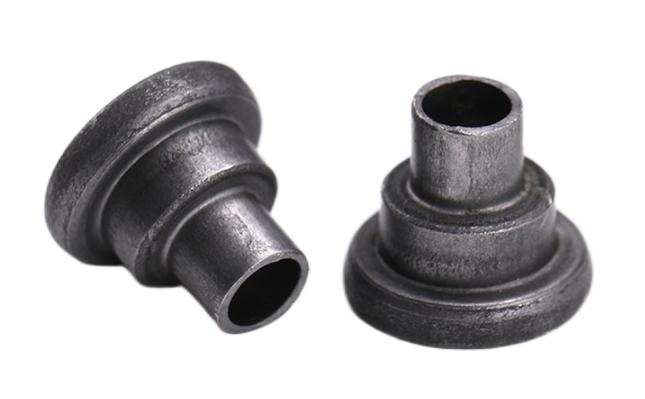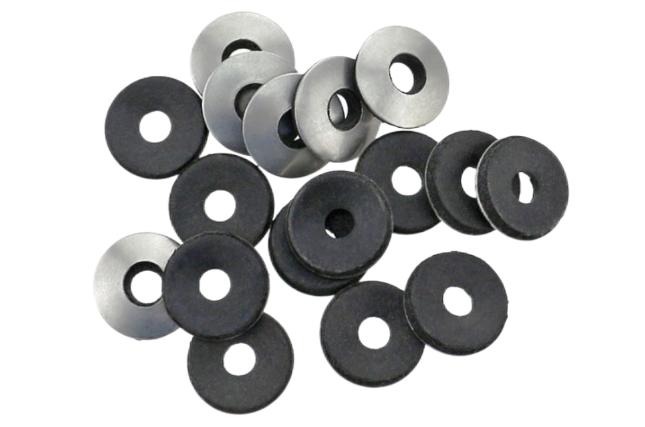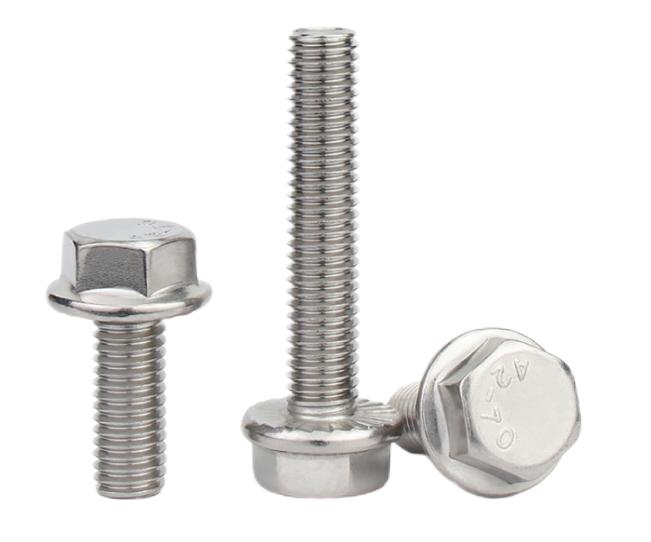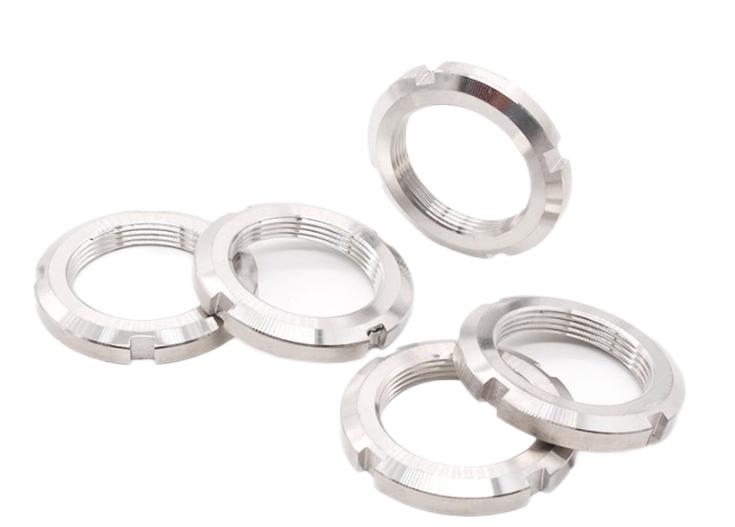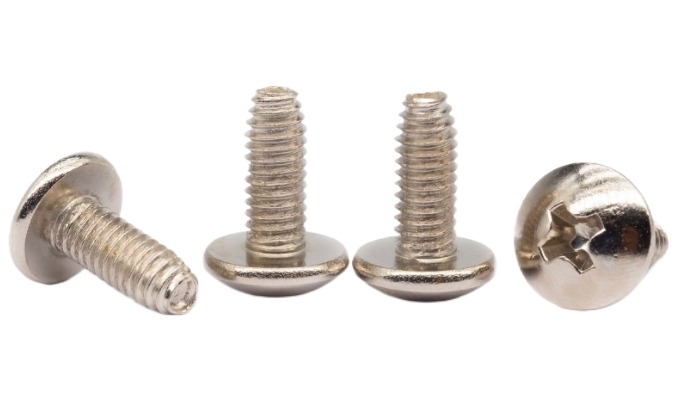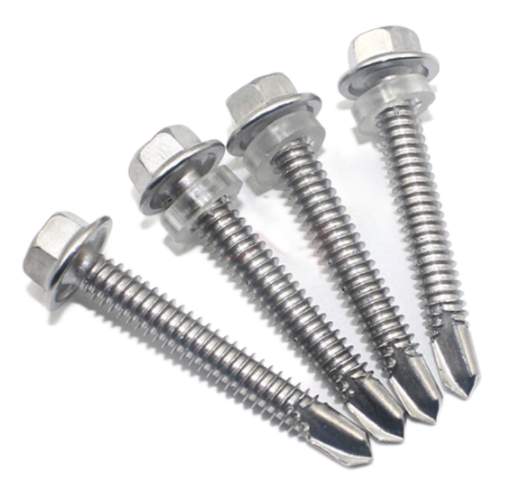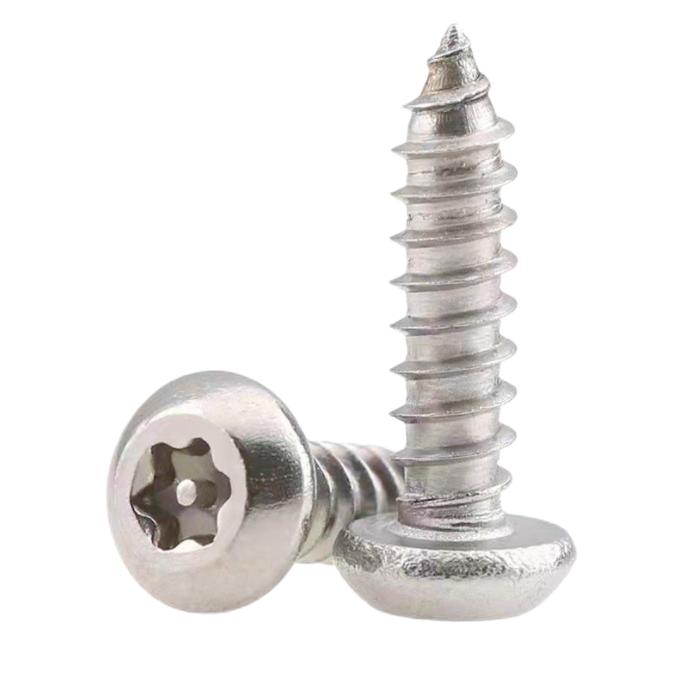Reduce Friction Of Metal Stamping In The Process Of Stretching
Metal stamping is carried out under the condition that the tool contacts the workpieces, which inevitably produces friction that prevents the metal from flowing. Due to the effect of friction, tool wear, and the workpiece is scratched, which can lead to cracks in the workpieces. It is also necessary to regularly replace tools. This article will help you understand what is the friction of metal stamping in the process of stretching.

Features Of Friction Of Metal Stamping In The Process Of Stretching
(1) Friction generated under high pressure
During stamping forming, the unit pressure on the contact surface is very large. Generally, the surface pressure is 100~150MPa during hot processing and can be as high as 500~2500MPa during cold processing. However, in machine bearings, the contact surface pressure is usually only 20 to 50 MPa. Such high surface pressure makes it difficult for lubricants to be brought in or extruded from the deformation zone easily, making lubrication difficult and using special lubrication methods.
(2) Friction at higher temperatures
The interfacial temperature conditions during stamping and stretching are severe. For hot processing, the temperature ranges from several hundred degrees to over a thousand degrees depending on the metal. For cold processing, the temperature can reach a relatively high level due to thermal deformation effects and surface friction heat. In addition to changes in the internal structure and properties of metal materials at high temperatures, oxidation occurs on the metal surface, which has a significant impact on friction and lubrication.
(3) The friction generated along with stamping deformation, due to deformation under high pressure during the stamping deformation process, will continuously add new contact surfaces, making the contact conditions between the tool and the metal constantly change. The stamping flow on the contact surface varies from place to place, with some sliding, some sticking, some fast, and some slow resulting in different frictions at various points on the contact surface.
(4) General tools are hard and require no stamping deformation during use. Metal is not only much softer than tools but also hopes to have greater stamping deformation. The properties and actions of the tools and the metal are so different that the friction situation during deformation is also very special.
(5) Deteriorates the surface quality of the workpiece, accelerates mold wear, and reduces tool life. Relative sliding between contact surfaces during stamping accelerates tool wear. Increased tool wear due to friction heat. Uneven deformation and stress can also accelerate tool wear. In addition, the phenomenon of metal-bonded tools not only shortens tool life, increasing production costs but also reduces the surface quality and dimensional accuracy of products.

Classification Of Friction Of Metal Stamping In The Process Of Stretching
1. Dry friction
Dry friction refers to the friction between the metal and the contact surface of the tool without any media. However, in actual production, this absolutely ideal dry friction does not exist. During the stamping process of metal, there is an oxide film on its surface, or other media such as gas and dust are adsorbed. However, dry friction generally refers to the friction state without lubricant.
2. Fluid friction
When the lubricating layer between the metal and the tool surface is thick, the friction pairs do not directly contact each other in motion and are completely separated by a lubricating oil film. The friction that occurs between molecules within the fluid is called fluid friction. Unlike dry friction, the magnitude of friction is not related to the surface state of the contact surface, but rather to factors such as the viscosity and velocity gradient of the fluid. Therefore, the friction coefficient of fluid friction is very small. During the metal stamping process, the high pressure and temperature on the contact surface often make the lubricant easy to extrude or be burned off, so fluid friction only occurs and acts under certain conditions.
3. Boundary friction
This is a frictional state between dry friction and fluid friction, called boundary friction.
In practical production, due to the harsh friction conditions, it is difficult to achieve an ideal fluid lubrication state. In addition, in the stretching of metal stamping, neither the tool surface nor the blank surface can be a “clean” surface, always surrounded by media, and there is always a layer of coating film adsorbed on the surface. This coating film can be a natural pollution film, a metal film formed by oily adsorption, a boundary film formed by physical adsorption, and a chemical reaction film formed by lubricants.

Technological Lubrication To Reduce Friction Of Metal Stamping In The Process Of Stretching
In order to reduce or eliminate the adverse effects of friction during the stretching of metal stamping, lubricants are often applied to the contact interface between tooling and deformed metal for technological lubrication.
Advantages of technological lubrication
(1) Reducing energy consumption during metal deformation.
When using effective lubricants, direct contact between tooling and deformed metal can be greatly reduced or eliminated, allowing the relative sliding and shearing process between the contact surfaces to occur within the lubrication layer, thereby greatly reducing friction and deformation power consumption. When drawing copper wire, the drawing force can be reduced by 10%-20%.
(2) Improving product quality
Due to external friction, defects or scrap products such as surface adhesion, indentation, scratches, and out-of-tolerance in size are caused. In addition, due to the significant difference in the friction resistance that hinders the stamping flow of particles inside and outside the metal, the degree of shear deformation of each part is significantly different. Therefore, adopting effective lubrication methods and utilizing the antifriction and anti-adhesion effects of lubricants is conducive to improving the surface and internal quality of products.
(3) Reducing tool wear and prolonging the service life of the tool.
Lubrication can also reduce surface pressure, heat insulation, and cooling, thereby reducing tool wear and prolonging service life.

Summary
This article mainly summarizes the characteristics and classification of friction as well as why technological lubrication is used for metal stamping.

